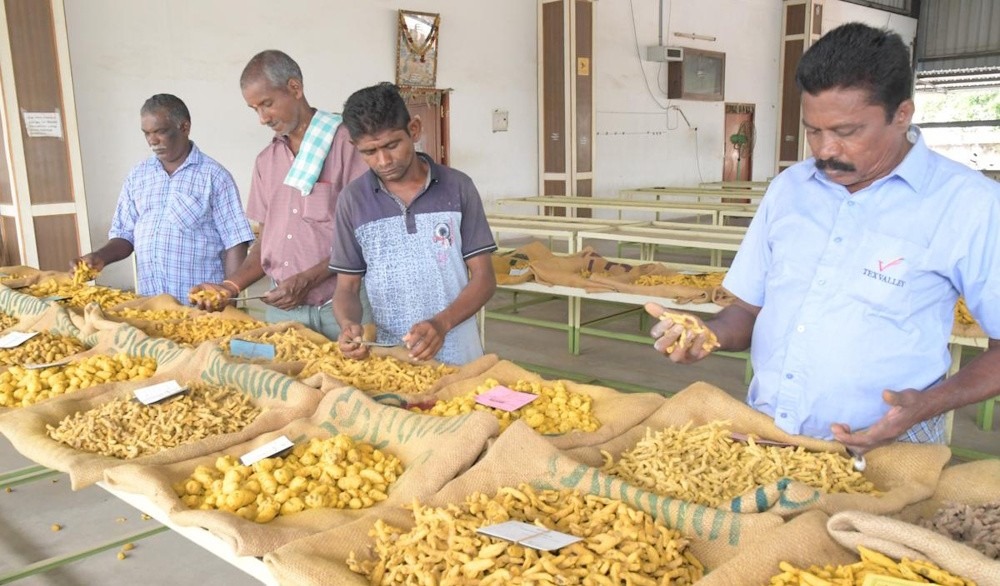
Turmeric prices experienced a slight decline of 0.37%, settling at Rs 14,620, attributed to an expansion in acreage facilitated by this season’s favorable monsoon rains. Preliminary estimates suggest that turmeric acreage could increase by 15–20%, reaching approximately 3.30 lakh hectares in 2024–25, up from 3 lakh hectares in the previous year.
Nonetheless, the downside has been constrained, as significant rainfall in crucial agricultural areas like Maharashtra, Andhra Pradesh, and Karnataka has impacted yields and resulted in crop damage. Approximately 15% of turmeric cultivation in Nanded has suffered due to excessive rainfall, whereas elevated humidity levels in Erode have resulted in disease proliferation and complications in storage. Market arrivals continue to be constrained, as turmeric inventories in Warangal are almost exhausted, with no new supplies observed in the past few days.
The robust buyer interest in Duggirala, attributed to the superior quality of the new crop, has sustained a firm demand, with daily trade volumes fluctuating between 1,000 and 1,200 bags. Nearly 50–55% of the new crop has already been traded, and steady arrivals are expected to continue through June. During the period of April to August 2025, turmeric exports experienced an increase of 3.31%, reaching a total of 80,156 tonnes. This growth was bolstered by a year-on-year rise of 7.27% in shipments for the month of August.
The market experienced a phase of long liquidation, with open interest decreasing by 0.04% to 11,700, coinciding with a price decline of Rs 54. Turmeric currently has support at Rs 14,438, and a decline beneath this level may lead to a test of Rs 14,254 levels. Resistance is identified at Rs 14,850, and a breakthrough could propel prices toward Rs 15,078.
